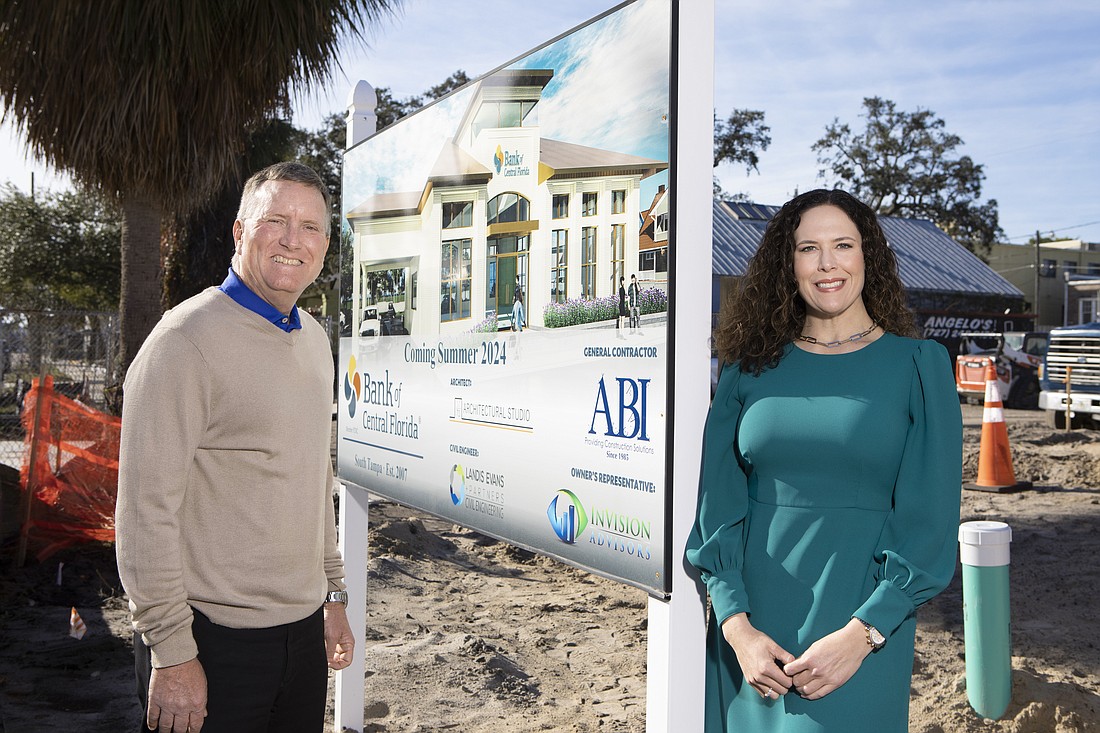- December 15, 2025
-
-
Loading

Loading

A Lakeland-based bank that has doubled its assets under management in the last five years to eclipse $1 billion recently broke ground on its fifth branch location.
The Bank of Central Florida will soon include an office at 201 South Howard Ave. in Tampa on its directory. It’s the bank’s first standalone location in the city, complementing its smaller operation within the One North Dale Mabry building. Its other offices are in Orlando, Plant City, Winter Haven and its Lakeland headquarters.